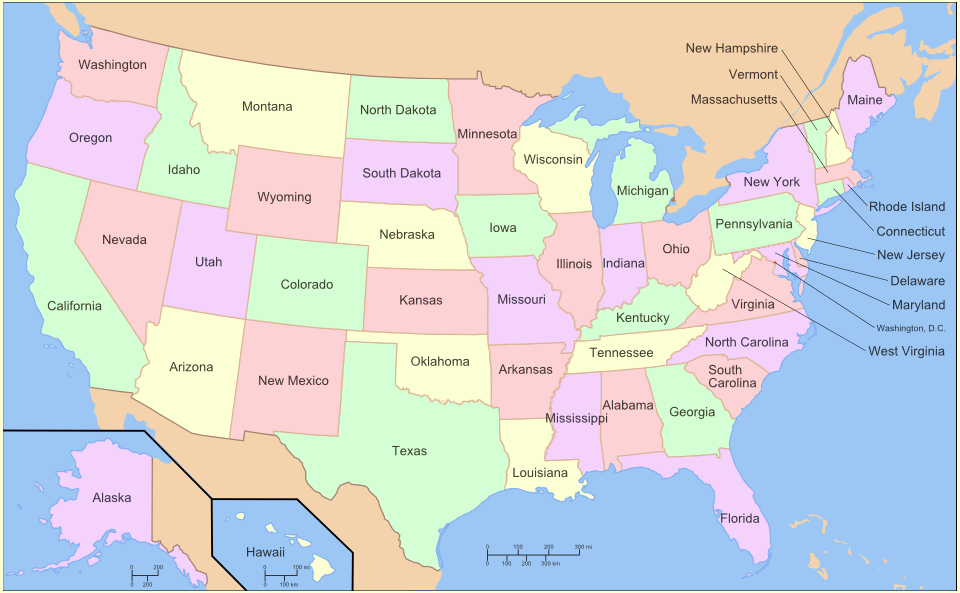African eggplant
Your local guide to cities, towns, neighborhoods, states, counties, metro areas, zip codes, area codes, and schools in USA. Eggplant is a dark purple or brownish-purple color that resembles the color of the outer skin of European eggplants. The first recorded use of eggplant as a color name in English african eggplant in 1915.

The pinkish-purple-grayish color shown in the color box as eggplant was introduced by Crayola in 1998. Purple is a more used term. The Describer’s Dictionary: A Treasury of Terms and Literary Quotations. Editor in Chief Webster’s Tenth New Collegiate Dictionary Springfield, Massachusetts, U.
This article is about the North African meat pie. For the Philippine milk-based confectionery, see Pastillas. For Russian fruit confectionery, see Pastila. It is a specialty of Morocco and Algeria. Poultry pastilla ornately dusted with powdered sugar and cinnamon. The name of the pie comes from the Spanish word pastilla, meaning in modern Spanish either “pill” or “small pastry” after the transformation of the phoneme “p” into “b” that is specific to the Arabic language.
This recipe, in Gaul’s words, calls for “cooking pigeon with cinnamon, almonds, saffron, onion, and eggs, as well as a double-cooking process similar to today’s conventional recipe, by which the ingredients are first cooked in a pot and then finished in the oven. The historian Idriss Bouhlila lists the dish as one of the Ottoman Algerian foods that affected Tetuani cuisine as a result of an Algerian migration to Tetuan in the aftermath of the French invasion of Algiers in 1830, while acknowledging those who consider the dish to be of Andalusi origin. According to Ken Albala, the basic concept of pastilla was likely brought to Morocco by Moorish Muslims who left Spain in the 16th century, or perhaps earlier, because there had been considerable traffic between Morocco and Spain since the Moors conquered the latter in the seventh century. According to historian of Jewish food, Gil Marks, pastilla origin is from Morocco and was brought by sephardi Jews and, after the Ottoman version of “phyllo” called “warqa”, reached the Maghreb, cooks substituted it for Spanish pastry.
In Morocco, pastilla is generally served as a starter at the beginning of special meals, and in one of two forms: one with poultry and one with seafood. In Algeria, pastilla is usually made with chicken or with pigeon. Blanched almonds are fried in oil, then crushed finely and mixed with powdered sugar and cinnamon. In a round baking pan, several pieces of the thin werqa or filo dough are layered, each brushed with melted butter, and overhanging the edge of the pan.
The cook adds the egg mixture, places another buttered sheet of dough over it, adds the shredded meat, also covered with a sheet of dough, and then the almond mixture is added. Seafood pastilla served in a home in Casablanca. Unlike poultry pastilla, seafood pastilla is not sweet, but spicy. Whereas poultry pastilla is dusted with powdered sugar and cinnamon, seafood pastilla is usually dressed with a light sprinkle of shredded cheese and a few slices of lemon. This version of pastilla is often served at Moroccan weddings.
Moroccan delicacy typical of Fes, with fried waraq pastry, cream, orange blossom water, and toasted almond slices. This pastilla is also made of warka and a milky cream put between the sheets. The Jowhara is flavored with orange flower water and decorated with cinnamon and sugar. Among Moroccan Jews, pastilla is made with olive oil or margarine rather than butter to follow kosher rules against eating dairy products and meat at the same time. An increasingly popular variant makes individual pastries rather than large pies. I was especially interested in Tetouani baqlawa, a pastry typically associated with the eastern Mediterranean, not the west. The baqlawa we sampled was shaped in a spiral, unlike the diamond-shaped version I was more familiar with from Levantine food.